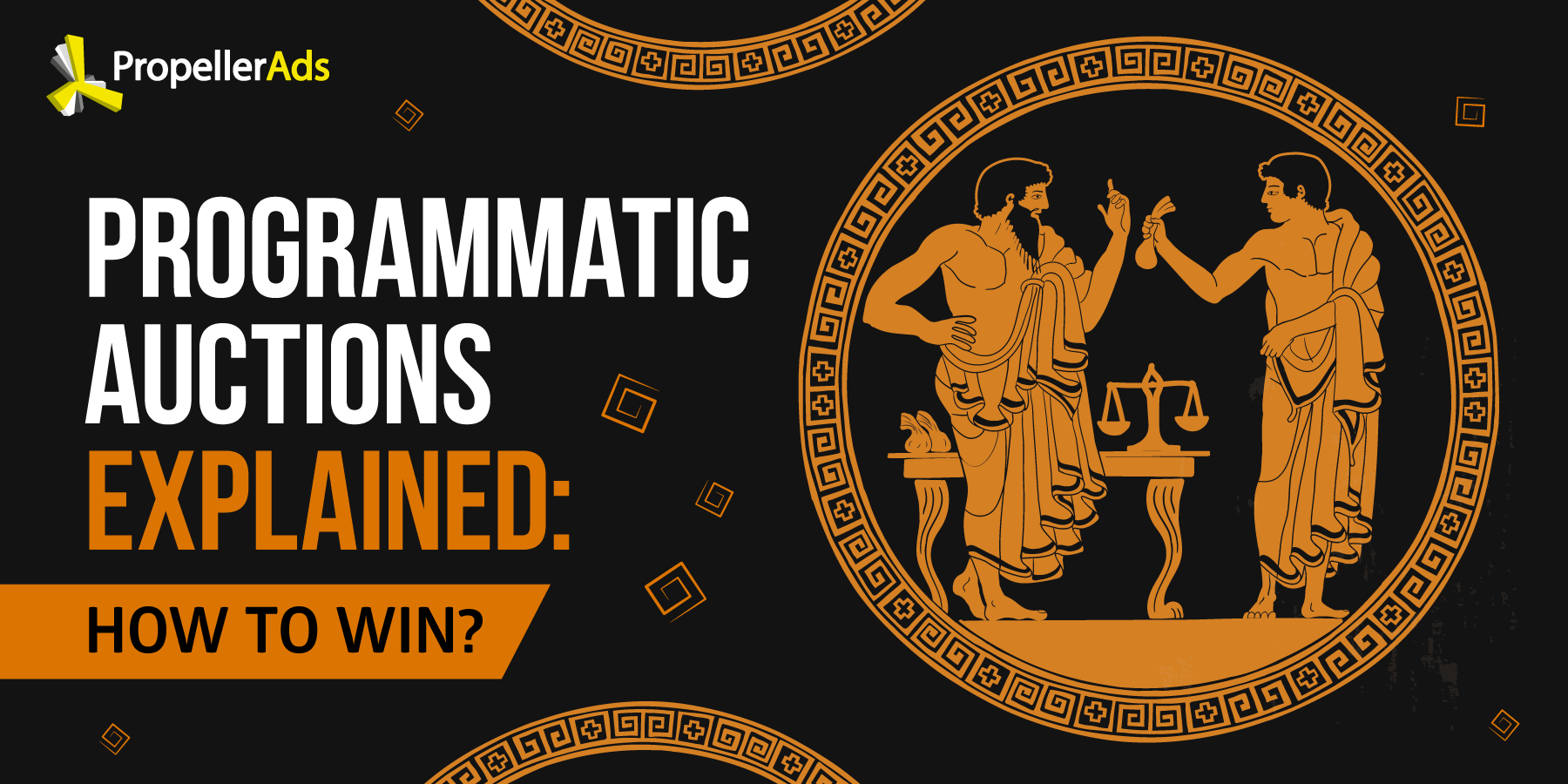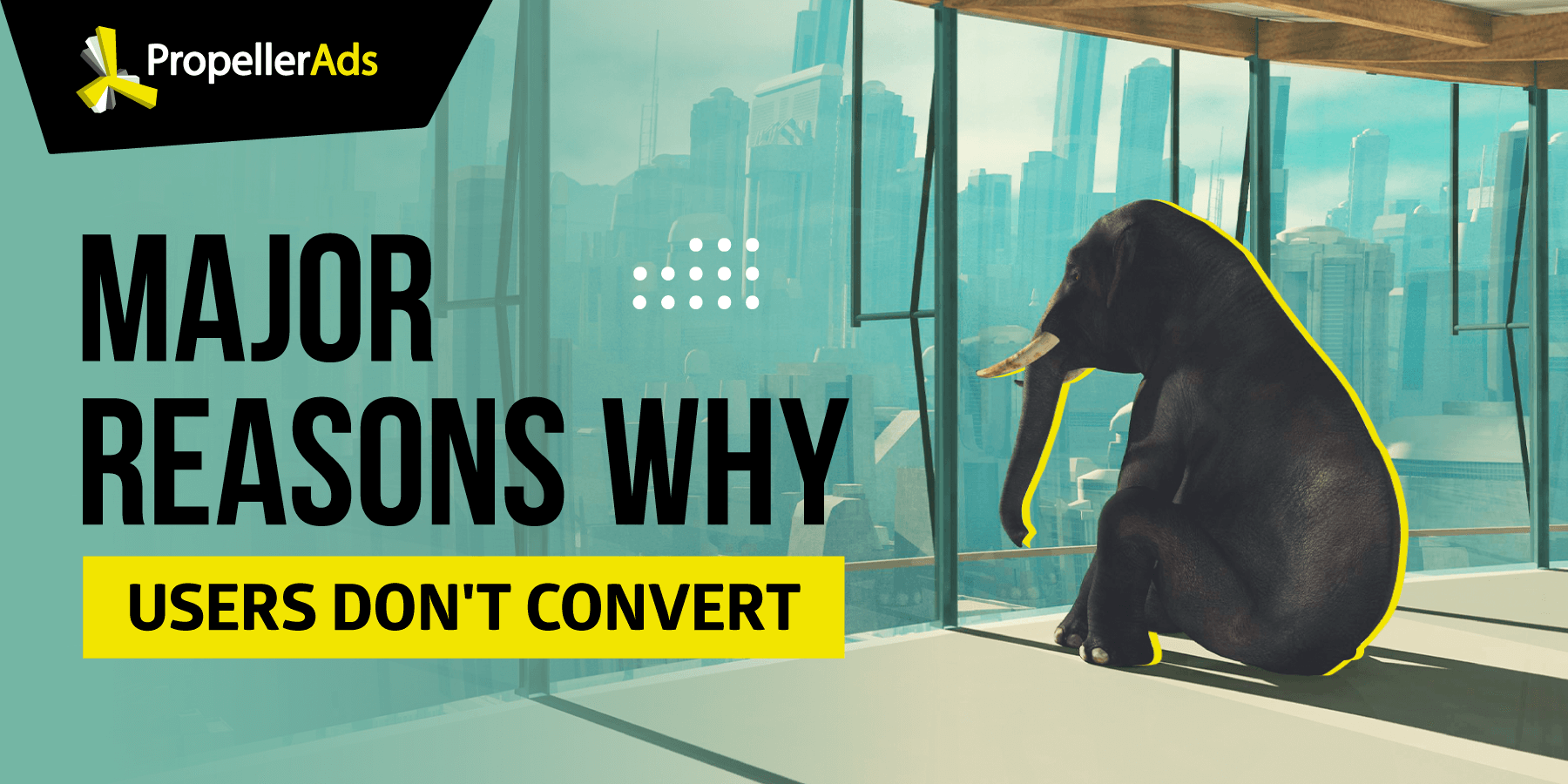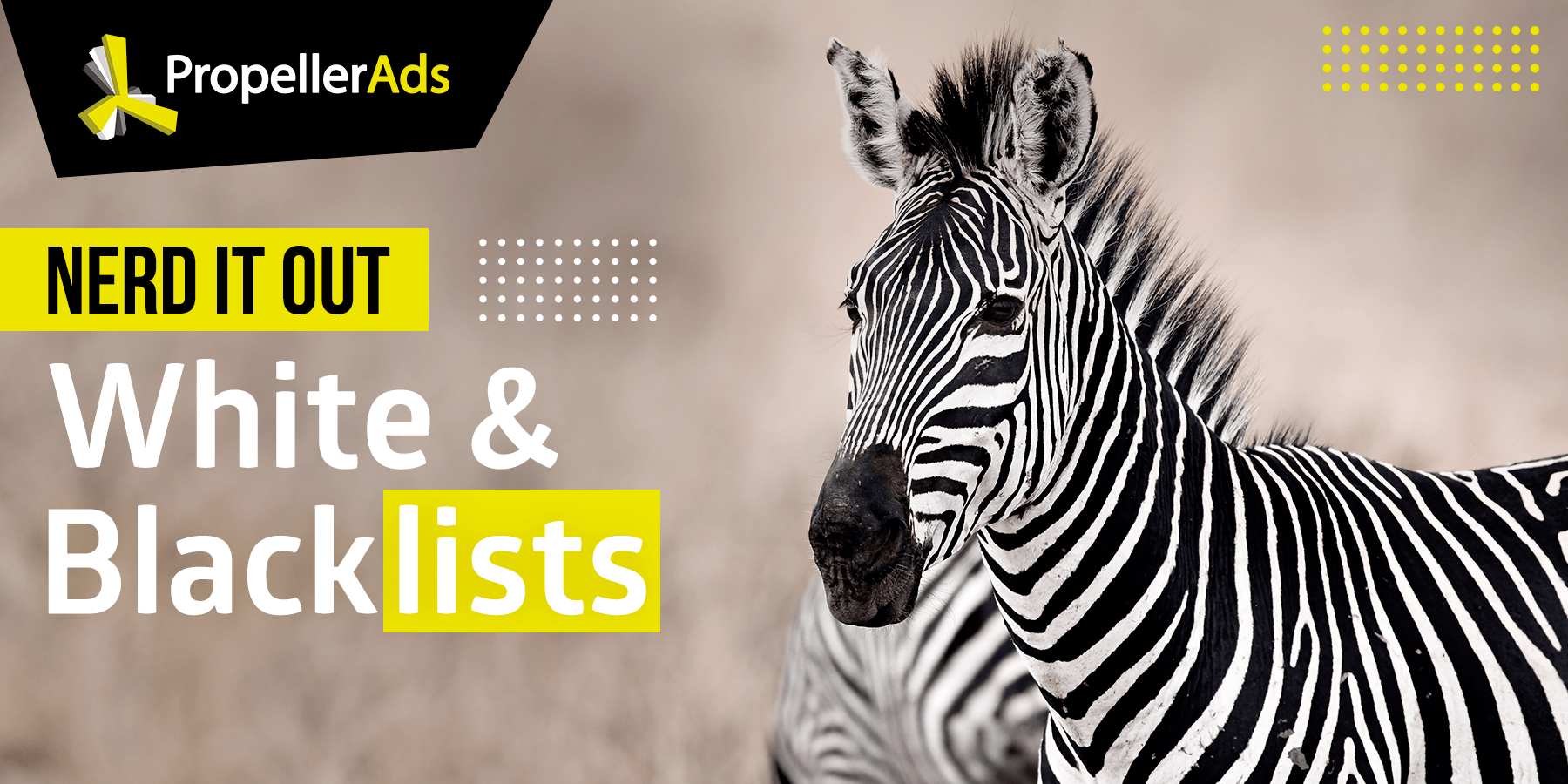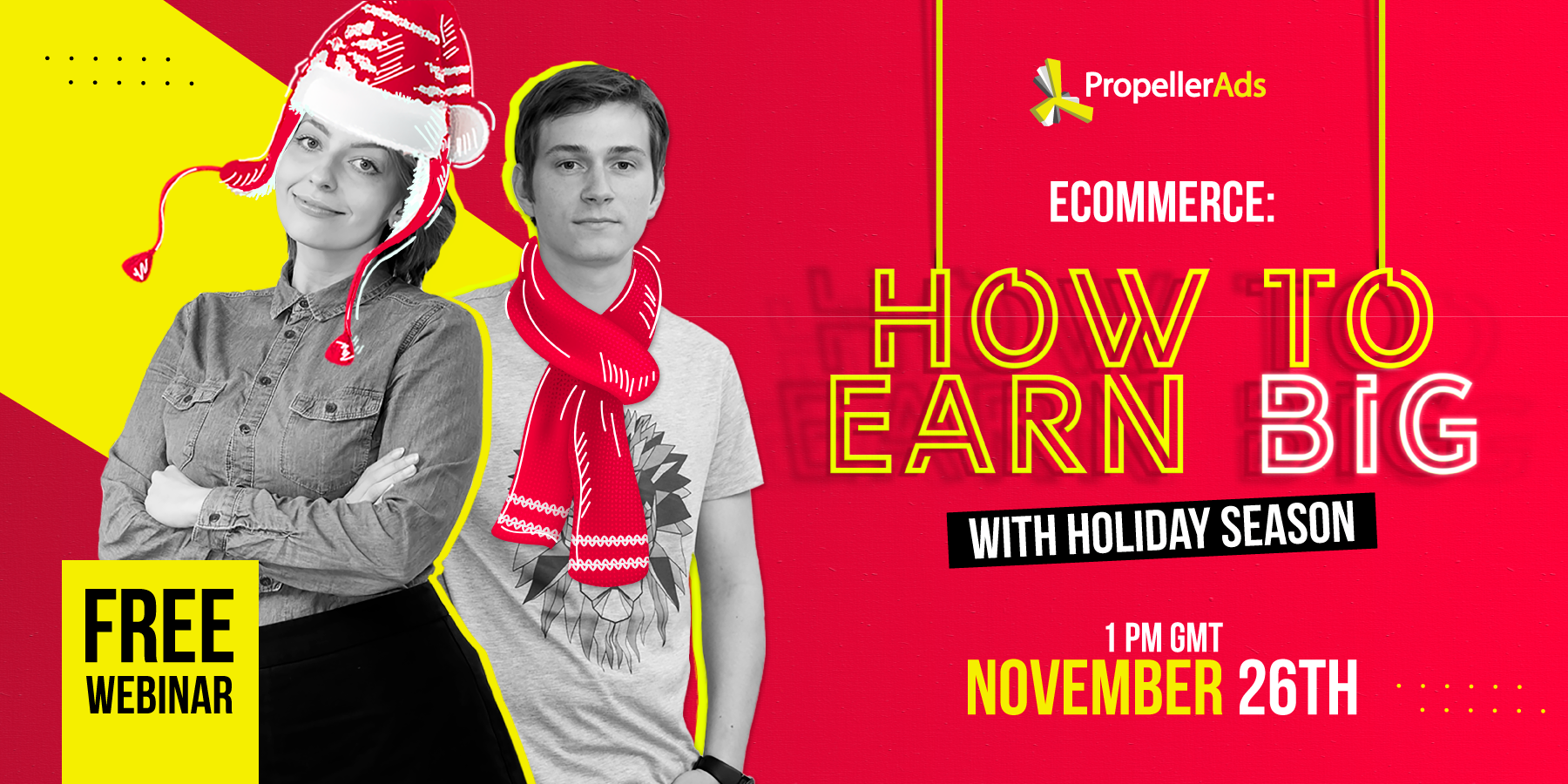Overheated Auctions & Media Buying: What are They and How to Deal With Them?
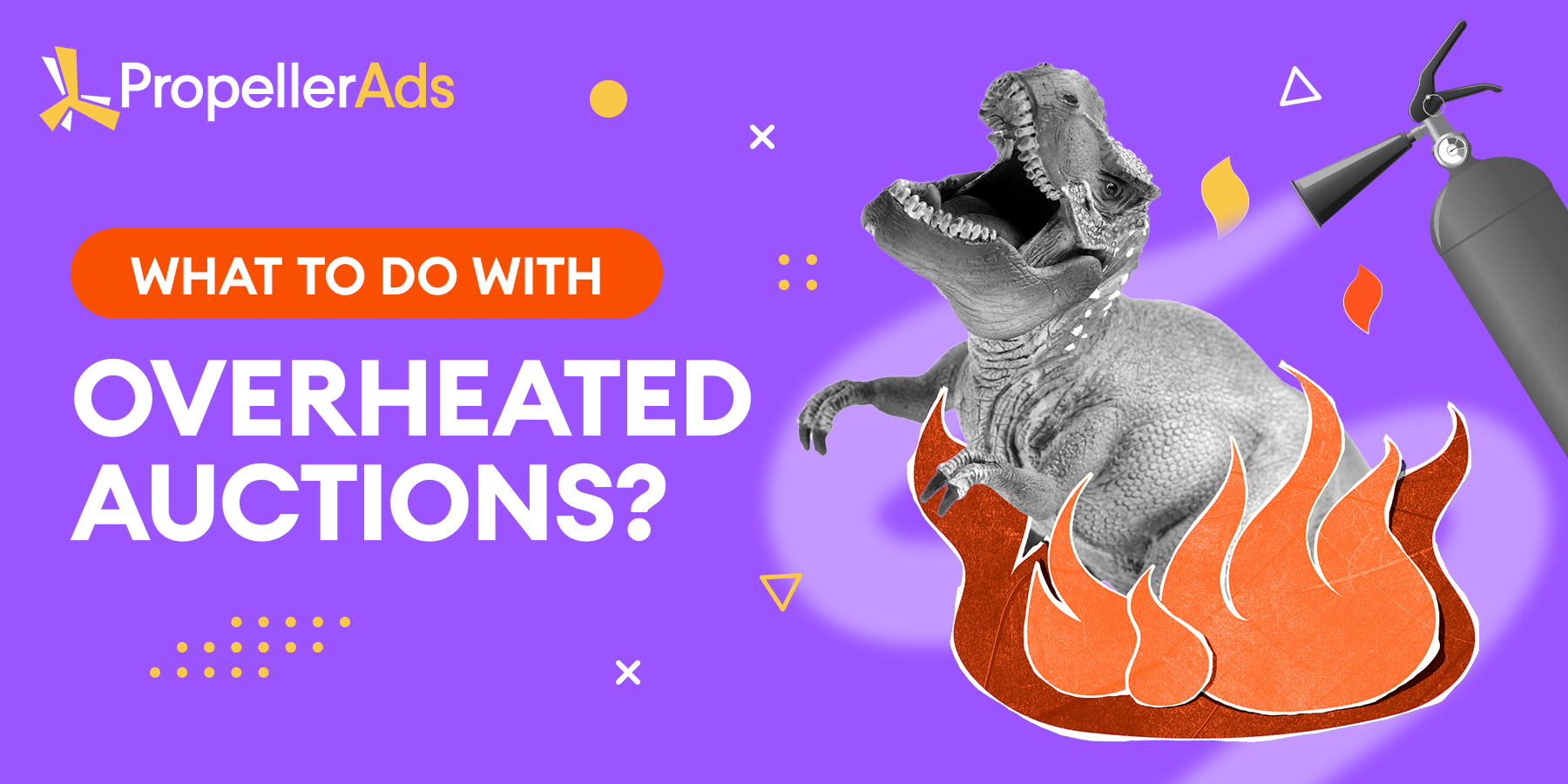
This post is also available in:
PT
ES
Your offer stopped converting, and all the traffic suddenly disappeared. This might be the sign of an overheated auction.
Sounds like something scary, but in fact, it’s not. You just have to identify it and react quickly — and we have a solid plan for both steps.
Thanks to our partners — seasoned media buyers who shared their thoughts in the Telegram Chat, we prepared this actionable guide to overheated auctions.
What are Overheated Auctions?
First, how do auctions work? In very simple terms, it happens like this:
- 1. A media buyer sets the desired bid amount (price for 1000 ad impressions)
- 2. Other media buyers also set their bids
- 3. The ad placement is given to an advertiser who sets a higher bid
So, suppose you run an iGaming offer on a particular GEO. You set a $0.5 bid — an average amount for this country.
However, at the moment, there are many other affiliate marketers and media buyers running offers in the same GEO, and everyone wants to get as much traffic as possible. Some are ready to pay more than the average bid – for example, $2. This way, they receive most of the traffic, as they keep winning the auction.
And this is actually how the auction becomes overheated.
How Do I Know the Auction is Overheated?
| An expert advice from Serge Abramov, a media buyer: 1. Drop some water on it 2. Listen if it’s hissing 3. Try to touch it carefully |
Okay, now seriously: Serge suggests some pretty evident signs of this mishap:
- Sign 1. You set an average bid for a particular GEO, and you don’t get enough traffic with this bid.
- Sign 2. You’ve run traffic on a particular GEO with a certain bid for some time, but later, you stopped receiving the same traffic amounts.
Note: sometimes, the reason is that a particular offer lacks appropriate placements: there are not enough suitable publishers for your offer in a certain GEO. However, if you haven’t faced such a problem with a similar offer on the same GEO before, this auction might be overheating.
What Shall I Do with An Overheated Auction?
As another media buyer, Ettore, said,
Overheated auctions can mean there is a lot of competition, but also that traffic is good.
So, why not try to compete for this, if possible?
Here are some options suggested by our media buyers:
Option 1: Pick Another Targeting
Sometimes, overheating is more harsh on some targeting options. For example, you can try changing a connection type targeting (say, 3G instead of Wi-Fi), switch off the most overheated states or cities, or even find another similar GEO that is not so busy at the moment.
Option 2: Exclude Zones
Creating Whitelists might also help when you see the auctions are overheated at particular zones. Thus, you can whitelist the zones with adequate competition and avoid getting burned on the hottest ones.
Option 3: Increase the Bid
One of the most evident solutions is to increase the bid. However, you don’t want to do this if it significantly lowers your profits or even pushes your campaign into the red. So, use this tip only when you are sure that the higher bid will keep your offer profitable.
Serge: When you increase your bids, you make your input in the auction overheating. However, like any economic model, an auction begins to cool down after becoming too hot. This happens because the bids reach some critical amounts that nobody wants to pay.
Option 4: Work on the creatives
That’s simple: the most catchy creatives might help you beat the competition. Here are all our guides on creatives that will help:
Overheated Auctions FAQ
Now, you are ready for the battle! Just a couple of questions might have left — so here are the answers to them.
Can your network protect you from overheated auctions?
Yes, it can. Here is how it happens at PropellerAds:
- We have technologies that match particular offer types with the most relevant traffic. Thus, PropellerAds selects different auctions for various offers.
- Even if your bid is losing, you still get your piece of traffic. Advertising networks don’t just give 100% of traffic to the richest media buyer — so you’ll still receive a small share.
- The auctions don’t work as simply as we described in the beginning. For example, there is a second-price auction when you pay less than your desired bid. Such a model allows for balancing the competition and protects an auction from overheating. The same ‘pay less than a desired bid’ approach is available with the PropellerAds CPA Goal bidding model.
- Besides, your campaign performance affects the auctions, too. If the offer converts well, it will receive more traffic and keep the higher positions in auctions.
- Finally, you can always check out recommended rates and traffic estimators at your PropellerAds self-service platform to make sure how much a particular GEO should cost.
Why do auctions become overheated?
Overall, this happens when the GEO becomes occupied by advertisers ready to pay more than the average bid. For example, you have a 30% margin from your offer when your bid is $1,5.
If your competitor gets a margin of 60% with the same $1,5 bid, they can easily increase it to, say, $2. This way, they will get more traffic, a higher conversion rate — and still a good margin of about 30%.
Besides, some advertisers don’t even check out the rates and margins — and just need to get as many impressions as possible. Not a common case, but this also happens and can also make a GEO overheated.
Serge: Auctions don’t become overheated in the blink of an eye; this happens gradually. What is more, prices are globally rising: for example, US Popunder ads traffic used to cost about two times lower 8 years ago.
Dmitriy Alukard, media buyer, PropellerAds partner: In my opinion, overheating happens because of the ‘monkey see, monkey do’ tendency. People get inspired by complicated case studies and spy tools and try to copy others’ success in the same GEOs.
When can the auction be overheated?
Actually, there is no particular ‘overheating schedule’, but we got a small insight from Serge regarding this.
The trick is that GEOs can be overheated during big events. But the biggest problem is New Year’s Eve, when big brands run traffic to spend their budgets before January 1; otherwise, they won’t get the same budgets next year.
The competition becomes obviously less right after New Year when most media buyers are on holiday, and big players finally finish their last-minute spending.
How can I understand that GEO is worth competing?
In Alukard’s opinion, everything depends on the ROI — if the offer brings a huge profit, why not buy out the GEO? This is one example of how it happened:
Alukard: When the ROI is lucrative, still make sure you are guaranteed to receive your payouts. Check the offer flow’s specifics — and be careful with resold offers: it might turn out that its description had a mistake, or the direct advertiser declines like 30% of your traffic.
To Sum Up
As Alukard puts it, ‘Everyone runs pretty similar offers in overheated GEOs. So, the campaigns become profitable for those who have the highest bid, the smallest number of redirects, use extra monetization, target audiences, and apply various other techniques.
And, in fact, we have it all — so you can safely compete even in the hottest GEOs with our help.
